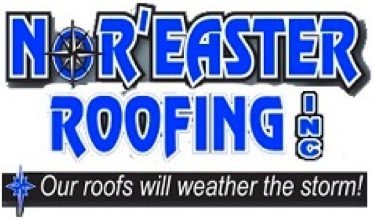Icicles may look like the ideal natural winter décor on your home’s exterior during the cold season. However, that quaint look is an indicator of something problematic- usually the development of an ice dam. When an ice dam is created, melting snow and ice cannot drain properly, and this can cause damage to your home through water leaks, mold development, and decaying organic material that makes up your walls, ceilings, or attic. You must make an effort to protect your roof during the winter and ensure that ice dams aren’t formed.
What’s an Ice Dam?
Ice dams are formed when attic air warms and heats the roof’s underside, leading to the snow thawing atop the roof. This melted snow runs down the roof before meeting the eave or roof edge with a temperature that falls under the freezing point and refreezes, forming a ridge of ice. This ice dam further impedes runoff, which builds upward, and potentially seeps beneath the shingles, and worse, into your house.
Ice Dams are Problematic
Ice dams can cause severe damage because of the heavy weight that can rip gutters from roofs and damage shingles on your roof. If the runoff enters the home, it can damage drywall and plaster, leave ceilings with water stains and peel paint from walls or cause it to blister. Further damage can extend to soaked insulation when water seeps into your attic and diminishes the heat-retaining/insulating capacity. Ice dams can cause mold and mildew to develop and also compromise the rafters and structural beams.
Identifying Ice Dam Damage
Usually, the first sign of an ice dam comes in the form of a leak, which you should assess to see how serious it is and the damage caused. Having a qualified contractor come in and assess the damage is a good idea. You can perform your own DIY assessment by checking for ceiling and wall stains near the ice dam area, looking for water dripping or marks in your attic, and inspecting for ice development chimney base and roof.
Preventing Ice Dams
To prevent ice dams from forming, you must keep your roof from heating up. It needs to be kept cold to prevent the snow from melting quickly and ice ridges from developing. It’s best to try and prevent warm air from escaping your attic and the temperature in it as close to the temperature outside. Increasing the ventilation in your attic, caulk air leak, and ensuring that your attic is properly insulated can help to prevent ice dams on your roof. You can also check your home’s exhaust system, install chimney flashing, check attic ductwork, and add an ice and water barrier to new roofing. If you need professional help, get a contractor to inspect your roof so that you don’t have to deal with the headaches of an ice dam this winter.
If you think that you may have an issue with ice dams and need expert help, contact us today. Nor’Easter Roofing can provide you with our top-quality roofing services, including ice dam removal and other roofing services that you can depend on. We can make life less stressful by getting rid of your ice dam woes.
